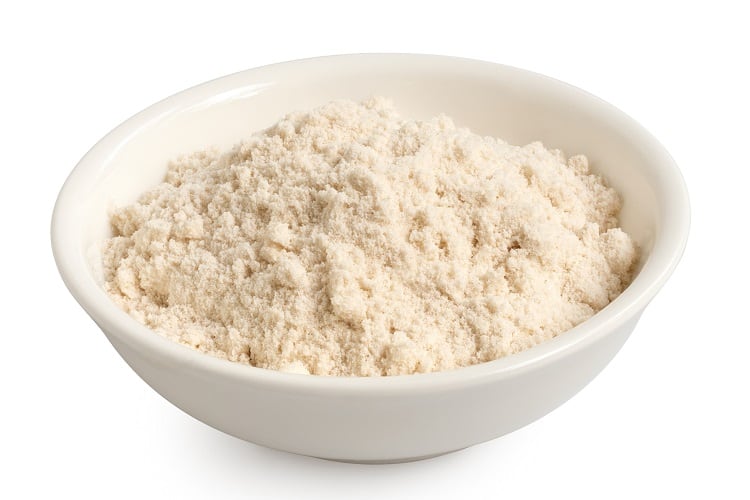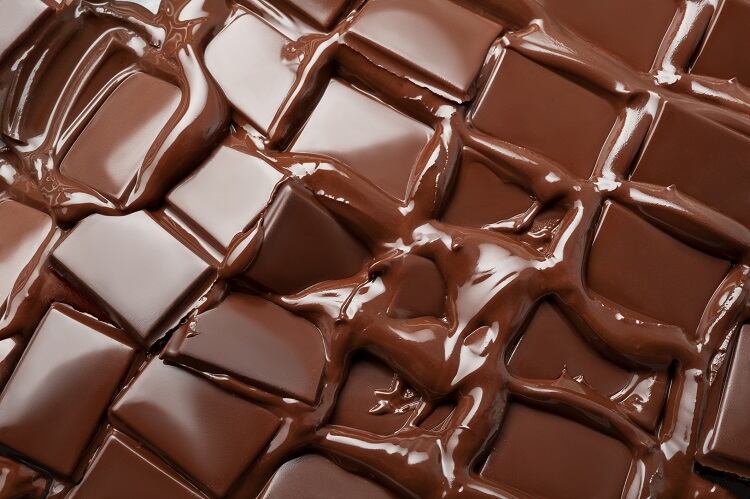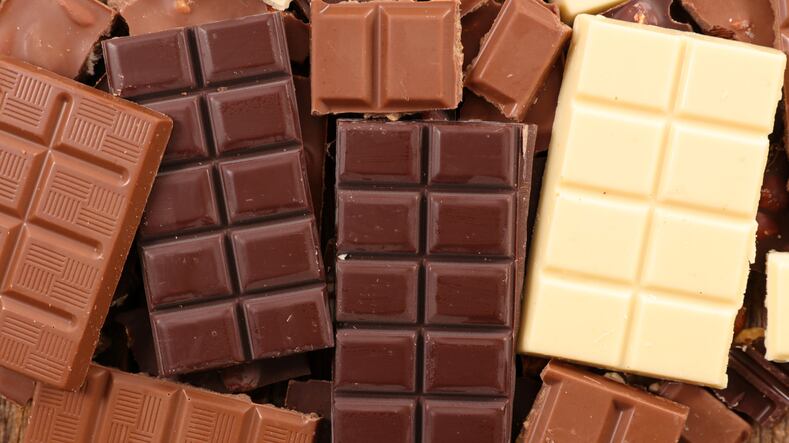A patent application has been filed by The Hershey Company to protect intellectual property covering a new way of making chocolate – using roasted grain flour instead of milk solids.
The invention was published by the World Intellectual Property Organisation (WIPO) and responds to demand for dairy-free chocolate with improved organoleptic and rheological properties.
For Hershey, the application represents a ‘first step’ in learning, developing, and refining new ideas and products, the company told FoodNavigator.
“Our R&D team is always working on new recipes and ingredients to deliver a wider variety of products to meet unique needs and interests of our consumers."
‘Industry has not met consumer expectations’
Hershey has observed growing consumer preferences for vegan and dairy-free diets. Lactose has long been recognised as problematic for some individuals – almost all Asians are lactose intolerant – and food allergy rates are on the rise.
“Individuals who must avoid milk due to an allergy, lactose intolerance, or as part of a vegan diet will need to eliminate milk chocolate,” noted the confectionery major in its patent submission.
Last year, Hershey entered the plant-based chocolate space with two flavours of its Oat Made Chocolate – sold in ‘extra creamy almond and sea salt’ and ‘classic dark’. The company plans to test market demand with sales of Oat Made Chocolate in selected stores, before considering a wider rollout.
Yet many of these individuals desire a product with the same taste and ‘pleasing mouthfeel’ as milk chocolate, just without the dairy ingredients. Hershey believes that so far, the confectionery industry has been unsuccessful in meeting consumer expectations.
At the same time, for confectionery players, the ingredients for producing dairy-free confections must be readily available and cost effective. Some have used solids derived from nuts and oil seeds as a replacement for milk solids, explained Hershey.
Yet the company does not believe such products mimic the taste, texture, and mouthfeel of conventional chocolate: “Incorporation of these replacement solids…have not been very successful in commercial products since they have a negative impact on the texture and mouthfeel of the chocolate.”
In what way exactly? According to Hershey, confections comprising solids derived from nuts and oil seeds are ‘waxy, chewy and slow to melt in the mouth’.
The solution? Roasted grain flour

Hershey has spotted a gap in the market for dairy-free, plant-based chocolate confection that possesses the taste, texture and feel of a ‘typical milk chocolate’.
At the same time, it should be economical to produce, with favourable processability and rheological properties compared to dairy-free ‘milk’ chocolates on the market, the business noted.
Hershey’s solution lies in grain flour, which has been roasted or heat treated to impart ‘desirable’ flavour and texture characteristics to the final product.
According to the company, the roasting process overcomes the ‘negative’ impact of texture (previously described as ‘waxy and chewy’) that occurs when a non-cocoa, non-dairy solid component is used.
“It has been unexpectedly discovered that substituting roasted grain flour for milk solids in a typical milk chocolate confection formulation provides a texture, mouthfeel, processability and flavor that is much closer to traditional milk chocolate than other known substitutions, including unroasted grain flour.”
Avoiding a ‘claggy’ mouthfeel
Hershey has listed the preferred raw grains that should be used to create the roasted grain flour component of its dairy-free chocolate.

These include, but are not limited to, corn, rice, wheat, oat, sorghum, and millet. Of those, the preferred flours including wheat, oat and rice flours. The most preferred grain flour is rice flour.
The confectionery major stressed that the grain flour must be roasted, and not used raw: “Dairy-free chocolate confections using unroasted grain flour as a substitute for non-fat milk solids in traditional milk chocolate formulations produces a confection with a claggy mouthfeel and a think and highly viscous property to melted chocolate in the mouth.”
The roasting allows for improved flavour development in the confection, Hershey noted. Another potential benefit is its potential to reduce the amount of fat required in the formulation.
“Roasting also reduces the capacity of grain flour to bind/absorb fat and thereby reduces the amount of fat required to achieve the rheological properties required for manufacturing operations.”





